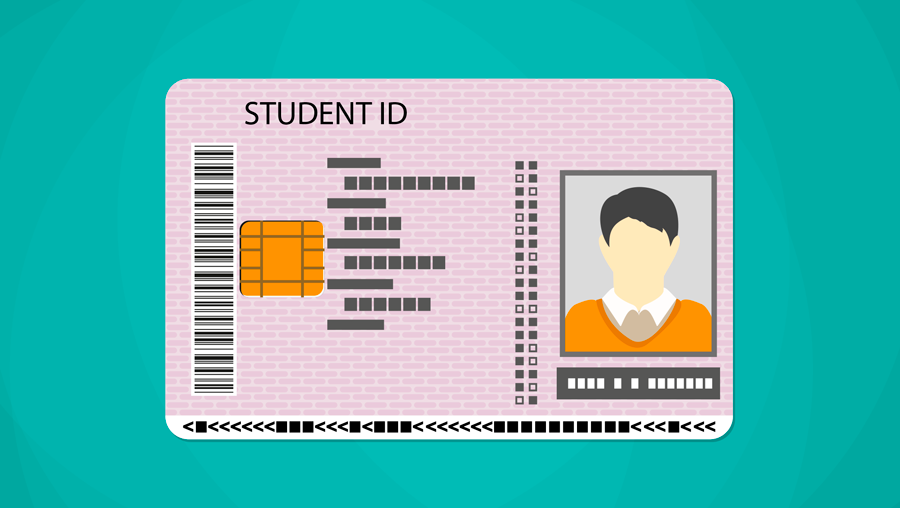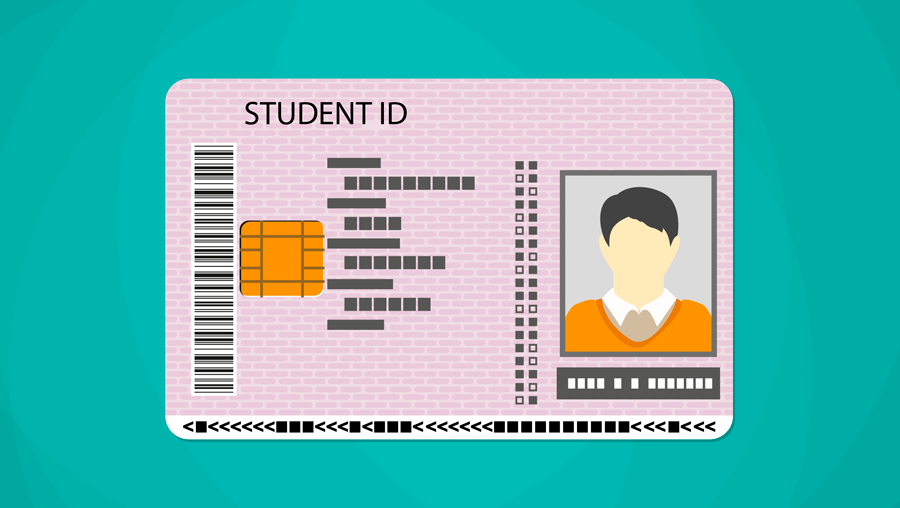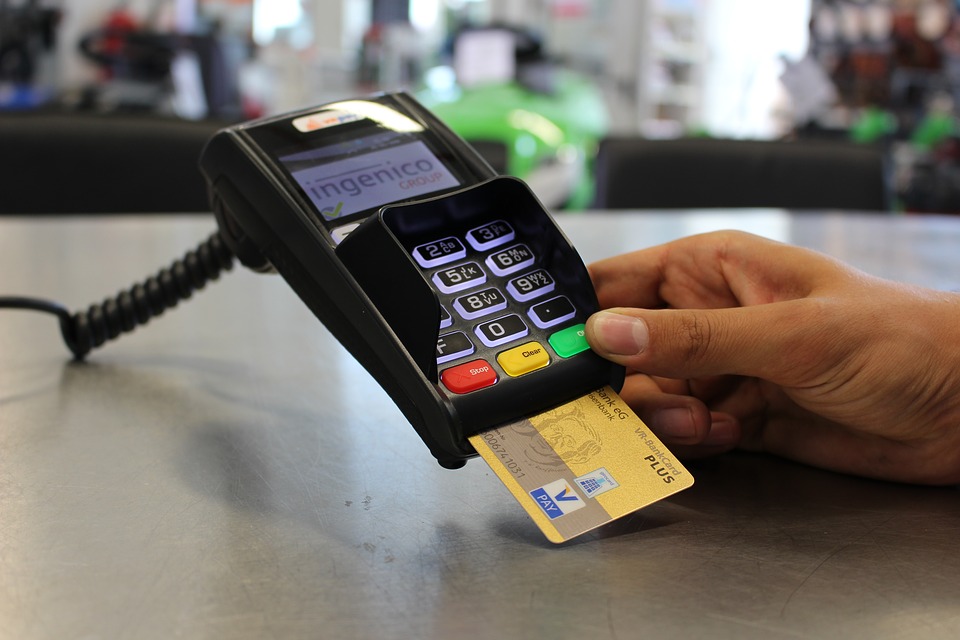Through ID card tracking and the use of big data, machine learning and network science, universities can begin to predict student behavior.
Photo:Bigstock.com
A recent press release from the University of Arizona revealed how powerful data analytics is in predicting student outcomes. Through ID card tracking and the use of big data, machine learning and network science, educational institutions can begin to predict student behavior.
The University of Arizona’s INSITE: Center for Business Intelligence and Analytics, directed by Sudha Ram, a professor of management information systems, conducted an investigation analyzing data captured from the use of student IDs. The purpose of the analysis was to identify students at risk of dropping out during the first year of enrollment.
As Sudha Ram states, “by getting their digital traces, you can explore their patterns of movement, behavior and interactions, and that tells you a great deal about them.”
Ram gathered data on freshman ID usage over three years. Then she created a network mapping to reveal the type of interactions that students had. Through machine learning algorithms to quantify patterns she was able to extract data about social circles, routines and student activities.
At the University of Arizona, each student receives an ID card upon enrollment. It is used in almost 700 points such as university residences, recreation centers, laboratories, libraries and academic centers. Also, students can load money onto the card to pay for food or services.
Ram’s findings show that many social integration activities and certain routines predict the persistence of students in the university during the first semesters. The tracking of IDs can reveal the lack of student routines and an absence of social integration activities. Therefore, the intervention of the university staff can be carried out in the first weeks to make it effective. They can contact the student through a welcome email, with an invitation from an adviser to participate in a time management seminar or some activity that can boost their social interaction.
The card is not designed to track social interactions, but with these findings, it can be refined to be more revealing. Sudha Ram says that they track students anonymously and only advisers or mentors can access the information. On the other hand, she states that their goal is to offer students a personalized treatment.
Is this initiative intrusive? Or, on the contrary, is it a useful tool to encourage students to stay in school?
This article from Observatory of the Institute for the Future of Education may be shared under the terms of the license CC BY-NC-SA 4.0 
)
)



)